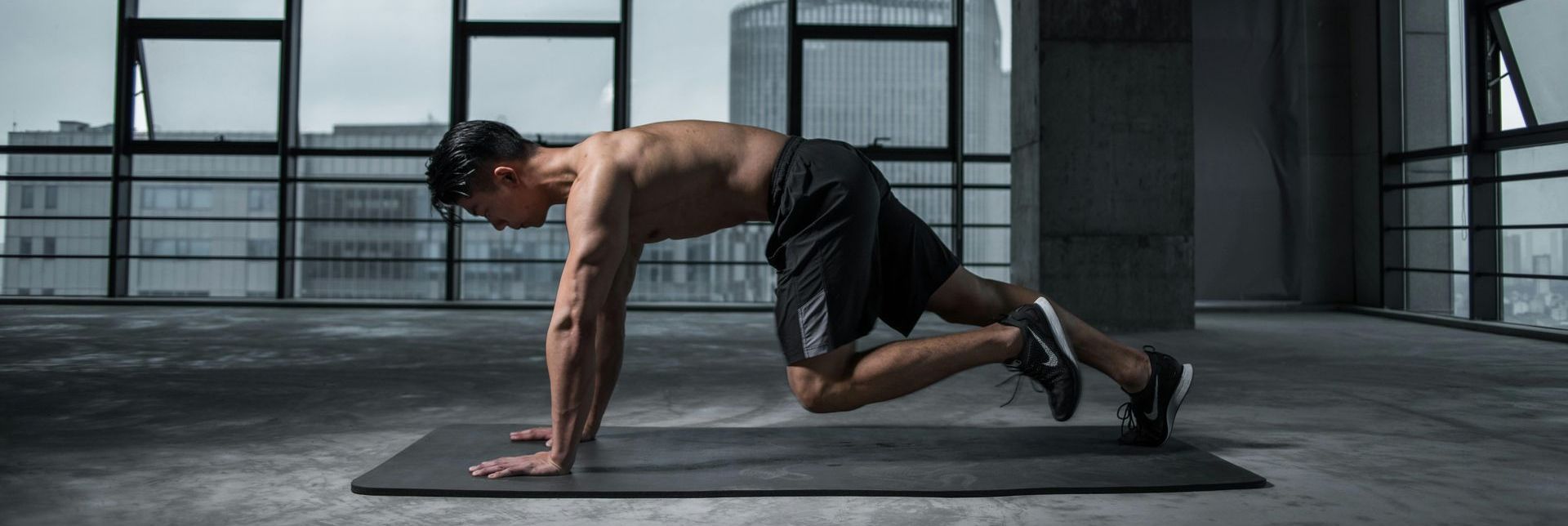How to Protect Your Spine While Exercising
Exercise is essential for overall health, but without proper form and awareness, it can put unnecessary strain on your spine. Whether you're lifting weights, running, or doing yoga, protecting your spine is key to avoiding injuries and ensuring long-term wellness. At Rainey Chiropractic, we emphasize spinal health and want to help you stay active while minimizing the risk of back and neck pain. Here are some best practices to keep your spine aligned and supported during workouts.

1. Warm Up Before You Start
Jumping straight into an intense workout without warming up can shock your muscles and joints, increasing the risk of injury. A proper warm-up helps loosen tight muscles, improve blood flow, and prepare your body for movement.
- Start with dynamic stretches like arm circles, leg swings, and gentle spinal twists.
- Incorporate light cardio, such as walking or jumping jacks, to get your blood circulating.
- Perform mobility exercises to enhance flexibility and range of motion in your spine.
2. Focus on Core Strength
Your core muscles (abdominals, obliques, and lower back) act as a natural support system for your spine. A strong core stabilizes your back, reduces strain, and helps maintain proper posture during exercise.
- Include exercises like planks, bridges, and dead bugs to strengthen core muscles without straining your spine.
- Avoid excessive sit-ups or crunches, which can put pressure on the lower back if done incorrectly.
- Engage your core during weightlifting, squats, and lunges to maintain a stable spine.
3. Maintain Proper Posture and Form
Poor posture during exercise can place excessive stress on your spine, leading to discomfort or injury. Pay close attention to your form, whether you're lifting weights, running, or stretching.
- Keep your spine neutral: Avoid excessive arching or rounding of the back.
- Align your head with your spine: Looking down or craning your neck forward can lead to neck strain.
- Use controlled movements: Jerky or fast motions can stress your spinal joints and muscles.
4. Avoid Overloading Your Spine
Lifting too much weight or performing high-impact movements without proper support can increase your risk of spinal injuries.
- Choose appropriate weights: Use a weight that allows you to maintain good form without straining.
- Use proper lifting techniques: Always bend at the knees and lift with your legs, not your back.
- Listen to your body: If you feel pain, stop the exercise and adjust your form or weight.
5. Stretch and Cool Down Properly
Just as warming up is important, cooling down helps prevent stiffness and keeps your spine flexible.
- Perform gentle stretches targeting the back, hips, and hamstrings.
- Hold each stretch for 15-30 seconds without bouncing.
- Incorporate foam rolling to release tension in tight muscles that support the spine.
6. Stay Hydrated and Support Joint Health
Dehydration can affect spinal discs and muscle function, increasing the risk of strains and discomfort.
- Drink plenty of water before, during, and after exercise.
- Maintain a nutrient-rich diet with foods that support joint and bone health, such as leafy greens, fish, and nuts.
7. Listen to Your Body and Seek Chiropractic Care
If you experience persistent back pain, stiffness, or discomfort after workouts, it may be a sign of an underlying issue. Regular chiropractic adjustments can help:
- Improve spinal alignment for better movement and posture.
- Reduce muscle tension and prevent injuries.
- Enhance joint mobility to keep you flexible and pain-free.
Protect Your Spine and Stay Active
Exercise should help you feel strong, not cause unnecessary strain on your back. By practicing good form, strengthening your core, and maintaining spinal alignment, you can work out safely while protecting your spine.
If you’re experiencing back pain or want to optimize your movement, Rainey Chiropractic is here to help. Schedule an appointment today and keep your spine in top shape for an active, pain-free lifestyle!



